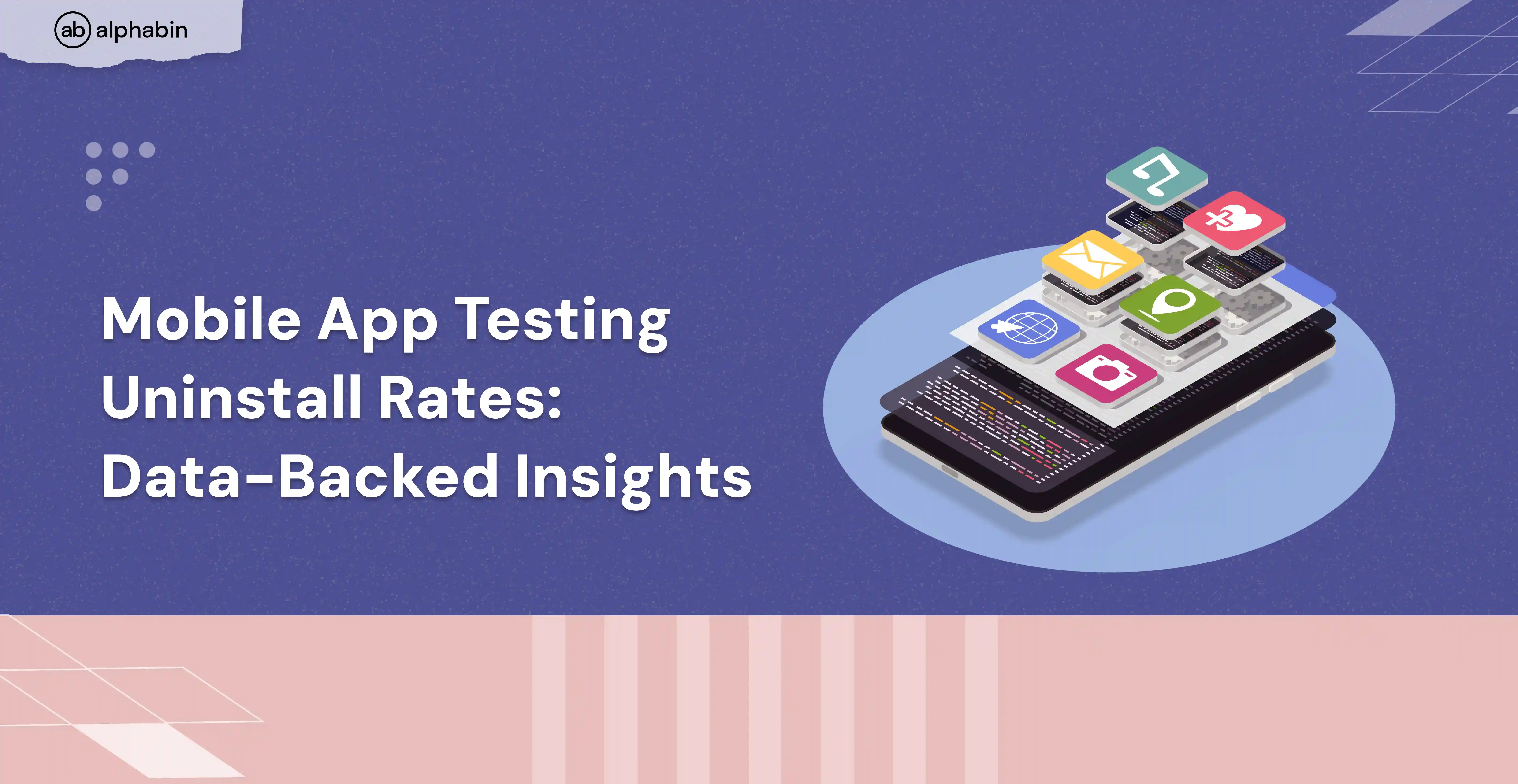In this blog, we will explore some smart tactics for effective mobile TDM, such as data refresh, dynamic data generation, data monitoring, and so on. These tactics will assist you in achieving faster and better testing outcomes.
What is Test Data Management?
Test Data Management (TDM) is the process of planning, designing, storing, and managing the creation of test data for mobile app testing processes.
It involves the creation of a database that is applicable and dedicated to a series of tests. The aim of TDM is to ensure that teams have access to high-quality test data before we proceed with testing.
Why is Test data management strategy important?
Test data management strategy is a really critical aspect of software testing. It ensures that the data used for testing is accurate, consistent, and secure. Here are some reasons why TDM is important:
- Early preparation
Stay one step ahead of the QA process and prepare test data before you dive into the testing activities to save time efficiently.
- Test coverage
Accurate and diverse test data can help uncover issues that might not be visible with limited or inaccurate data.
- Speeds up the testing process
Proper management of test data can speed up the testing process by ensuring that the right data is available at the right time.
- Securing test data
Test data often mirrors production data. Without proper management, sensitive information can be exposed during testing. TDM includes data masking and other techniques to protect sensitive data.
Tactics for effective mobile TDM
Now that we know why test data management is important, let's look at various tactics we can use to improve the quality of our test data.
Data Refresh Strategies
Regularly refreshing your test data ensures that it remains up-to-date. This could involve restoring databases from a recent backup or generating new data sets that reflect recent changes in your application’s data schema.
Impact on TDM
- Ensures data relevancy.
- Reduces the risk of outdated data.
Dynamic Data Generation
Creating data dynamically for each test using tools or scripts to generate data on-the-fly based on your mobile app testing requirements.
Impact on TDM
- Ensuring data uniqueness.
- Reducing data clashes.
Here is an example of generating dynamic test data:
Test Data Monitoring and Cleanup
Regular monitoring and cleanup of test data. This involves setting up automated jobs to delete old data or using monitoring tools to track data growth.
Impact on TDM
- Maintains the testing environment's health.
- Prevents data bloating.
Various open-source monitoring tools:

Data Versioning and Rollback
Keep versions of your test data for an extra layer of data security. This is particularly useful when testing database migrations or other changes that modify your data.
Impact on TDM
- Provides data security.
- Facilitates the testing of data modifications.
Test Data provisioning via automation
Automating the provisioning of test data. This tactic involves using scripts or tools to automatically populate your test databases before each test run.
Impact on TDM
- Speeds up the testing process.
- Reduces manual errors.
Here’s an example of how you might use Java to automatically provision mobile automation testing test data using JDBC.
Data masking and subsetting
Data masking is the process where we mask the original test data with random characters or data. Subsetting is the process of creating a smaller instance of your database.
Impact on TDM
- Maintaining data privacy and security.
- Reduces storage requirements.
A before-and-after diagram showing how data masking changes sensitive data.

Leverage cloud storage
Cloud storage provides scalable and flexible storage options for your test data, making it easier to manage large volumes of data.
Impact on TDM
- Provides scalable storage solutions.
- Facilitates easy access to test data from anywhere.
Data purging and archiving
Data purging is the process of permanently removing data that is no longer needed. Archiving is the process of moving data that is not currently needed.
Impact on TDM
- Helps in maintaining the performance of your testing environment.
- Ensures compliance with data retention policies.
Data dependency mapping
Understanding the dependencies between different data sets can help you better plan your tests.
Impact on TDM
- Assists in designing tests.
- Prevents data conflicts.
Test data preconditioning
Precondition your test data by setting it to a known state before each test. This means you have to define the expected values and attributes of your test data.
Impact on TDM
- Improves test consistency.
- Reduces the risk of test failure due to unknown data sheets.
Conclusion
The goal of test data management is not just to manage data, but to manage it in a way that maximizes the effectiveness of your testing. With the right strategies, you can turn TDM from a challenge into a strength.If you still have any more concerns regarding mobile test data management or mobile automation testing, reach out to Alphabin’s official support page.



.svg)









